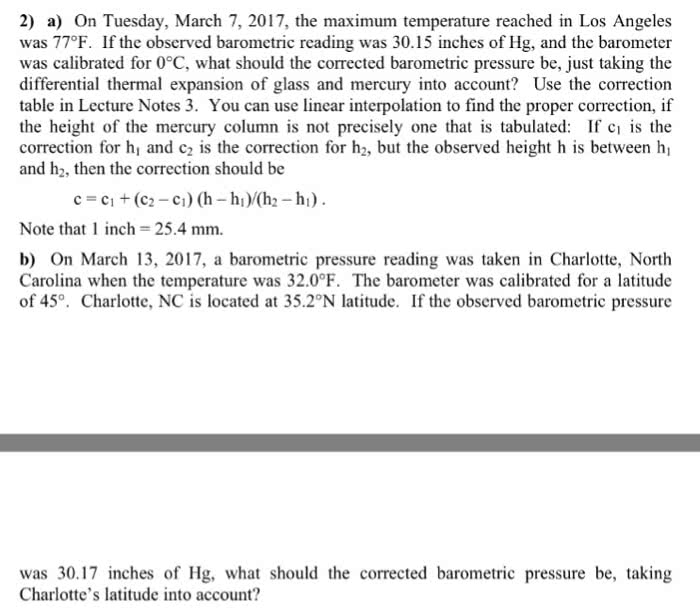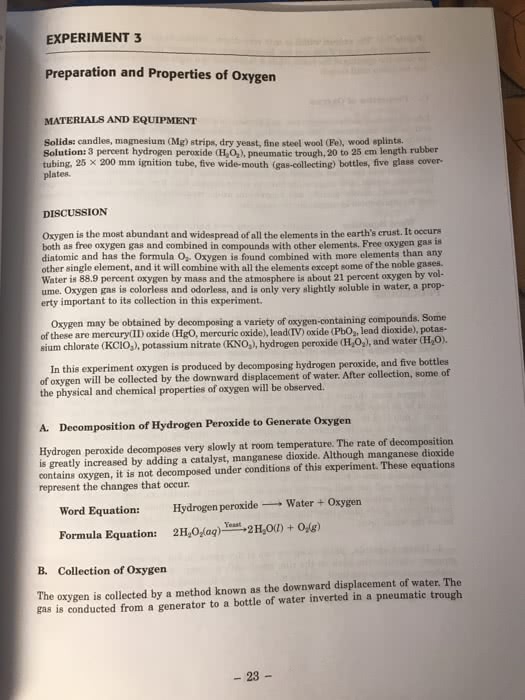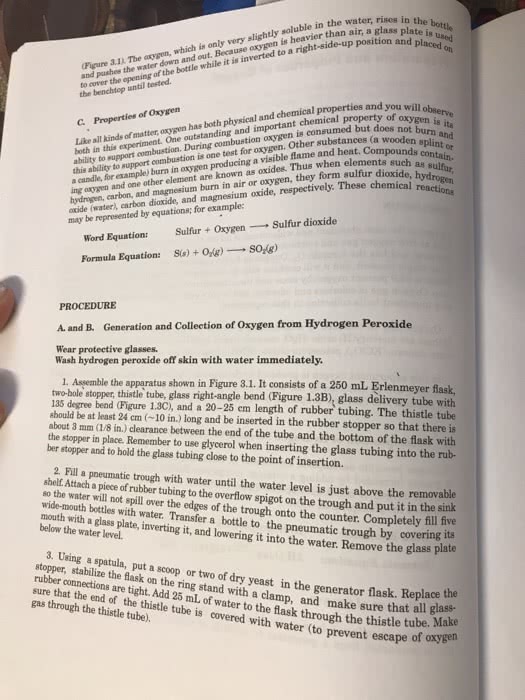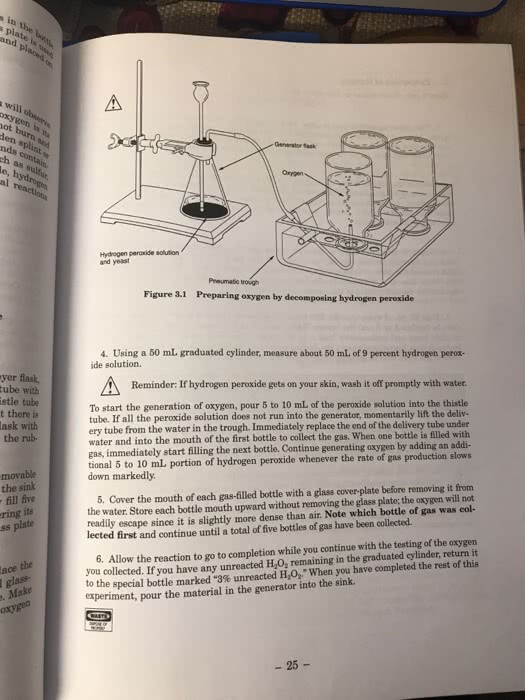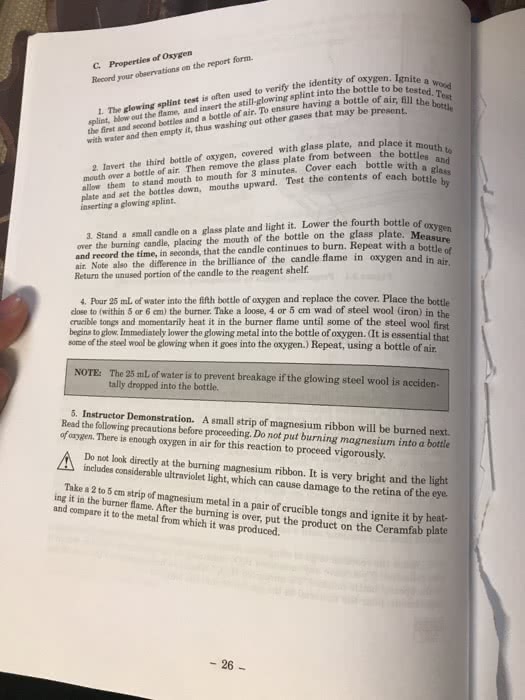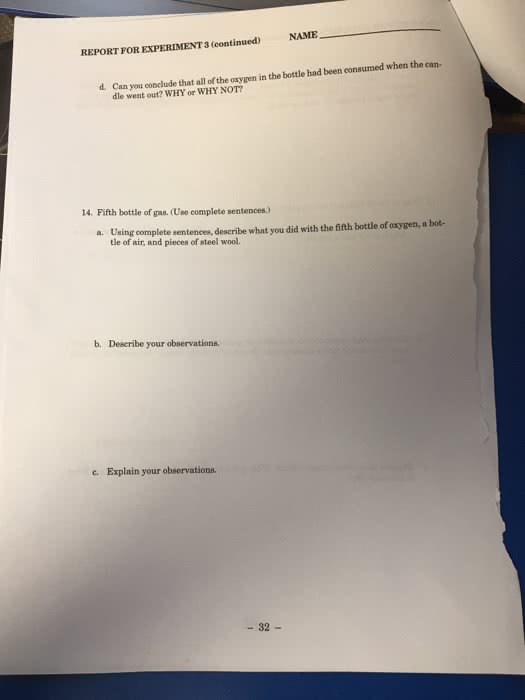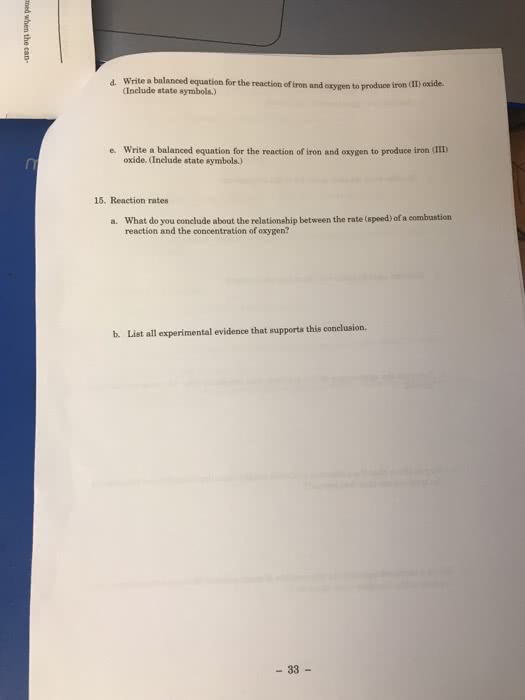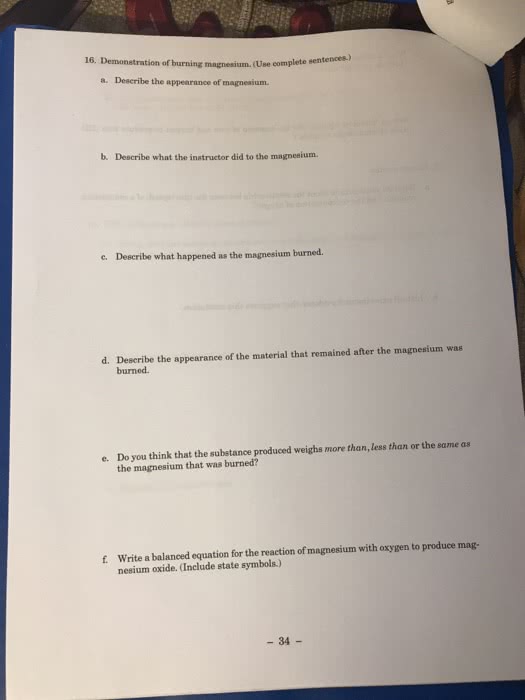CHEM 302 Chapter Notes - Chapter 2: Molecular Diffusion, Net Force, Ideal Gas Law
71 views9 pages
Document Summary
The atmospheric pressure is the weight exerted by the overhead atmosphere on a unit area of surface. It can be measured with a mercury barometer, consisting of a long glass tube full of mercury inverted over a pool of mercury: vacuum h. When the tube is inverted over the pool, mercury flows out of the tube, creating a vacuum in the head space, and stabilizes at an equilibrium height h over the surface of the pool. This equilibrium requires that the pressure exerted on the mercury at two points on the horizontal surface of the pool, a (inside the tube) and b (outside the tube), be equal. The pressure pa at point a is that of the mercury column overhead, while the pressure pb at point b is that of the atmosphere overhead. Hggh (2. 1) where r hg = 13. 6 g cm-3 is the density of mercury and g = 9. 8 m s-2 is the acceleration of gravity.
Get access
Grade+20% off
$8 USD/m$10 USD/m
Billed $96 USD annually

Homework Help
Study Guides
Textbook Solutions
Class Notes
Textbook Notes
Booster Class
40 Verified Answers
Class+
$8 USD/m
Billed $96 USD annually

Homework Help
Study Guides
Textbook Solutions
Class Notes
Textbook Notes
Booster Class
30 Verified Answers
Related textbook solutions
Chemistry: Structure and Properties
2 Edition,
Tro
ISBN: 9780134293936
Basic Chemistry
5 Edition,
Timberlake
ISBN: 9780134138046
Principles of Chemistry Molecular Approach
4th Edition,
Tro
ISBN: 9780134112831
Chemistry: Structure and Properties
2nd Edition,
Tro
ISBN: 9780134293936
Principles of Chemistry Molecular Approach
3rd Edition, 2014
Tro
ISBN: 9780321971944
Chemistry: A Molecular Approach
3rd Edition,
Tro
ISBN: 9780321809247
Chemistry: A Molecular Approach
5th Edition,
Tro
ISBN: 9780134874371
Principles of Chemistry: A Molecular Approach
4th Edition,
Tro
ISBN: 9780134895741
Chemistry: The Central Science
14th Edition, 2017
Brown
ISBN: 9780134414232
